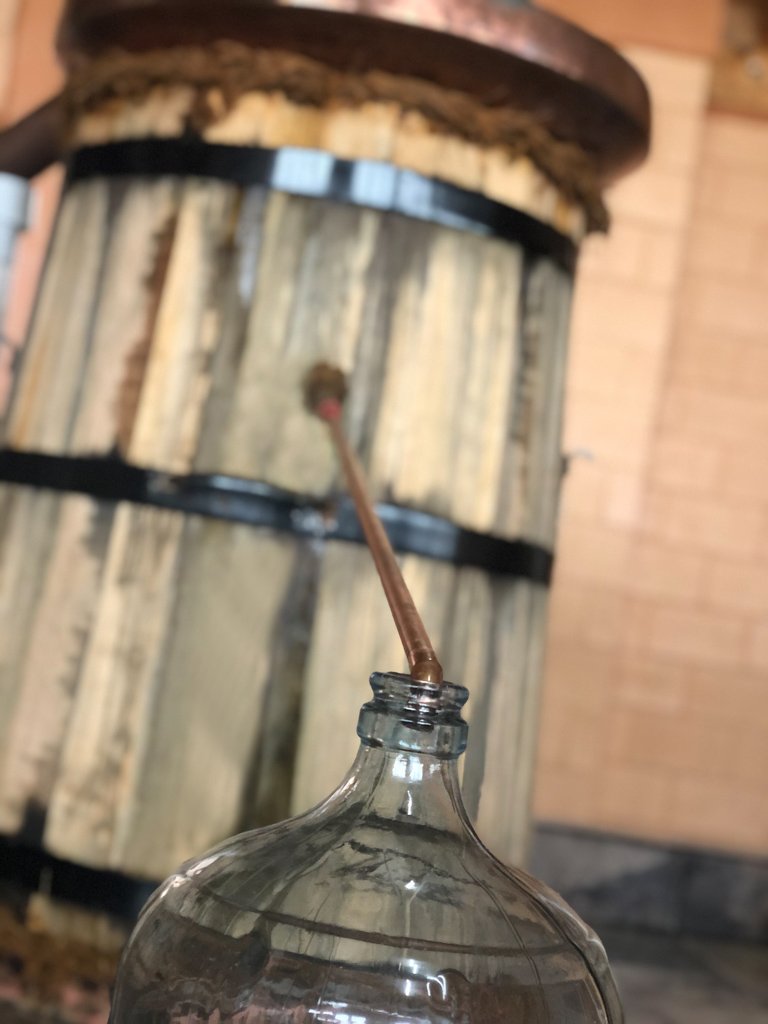What does the Philippines have to do with mezcal?
As you know, we just celebrated Hispanic Heritage Month which extends into October, creating a beautiful intersecting of celebration with Filipino American History Month.
We teamed up with Archipelago Restaurant in Seattle to explore the long relationship between Mexico and the Philippines, dating back to the Manila Galleon trade route between Manila and Acapulco from 1565-1815, to the American migrant journey of the 20th century, to today’s thriving communities of the Yakima Valley.
The Tarascan Still - Michoacan’s Wooden Still
As part of this collaboration, we enjoyed exploring the connections between Mexico and the Philippines including the Tarascan Still.
Tarascan Still
Source for Image 1: Bourke, John Gregory. “Primitive Distillation among the Tarascoes”, American Anthropologist 6.1 (1893), 65-70.
Source for Image 2: Mocel
Recent research reveals that mezcal production existed well before Spain’s arrival in Mexico. Nevertheless, the arrival of the Spanish opened the Manilla Galleon trade which brought an exchange of tools, food and language including the Asian still. In Michoacan, we use the Tarascan still or often referred to as a “Filipino still” to distill our mezcal. On the top of the still, there’s a top vessel containing cold water that serves as a cooler for the distillates that then fall into a wooden spoon and tube where the mezcal comes out.
This Asian type still was brought through the Manilla Galleon by Filipino sailors and the Mexican indigenous communities locally adapted it to produce mezcal including in the Michoacan region.




